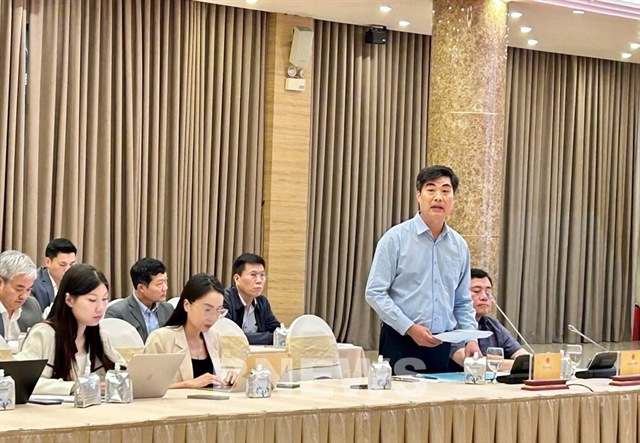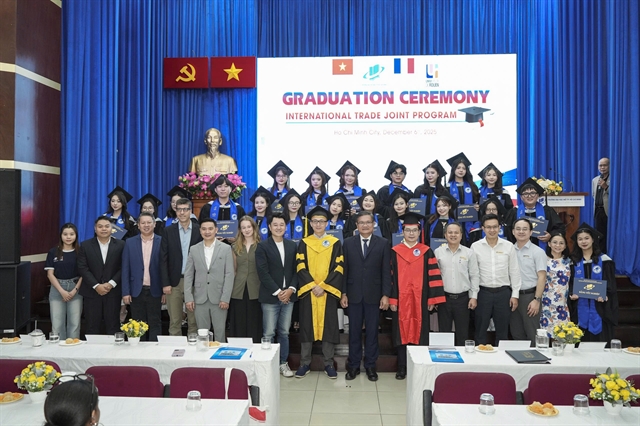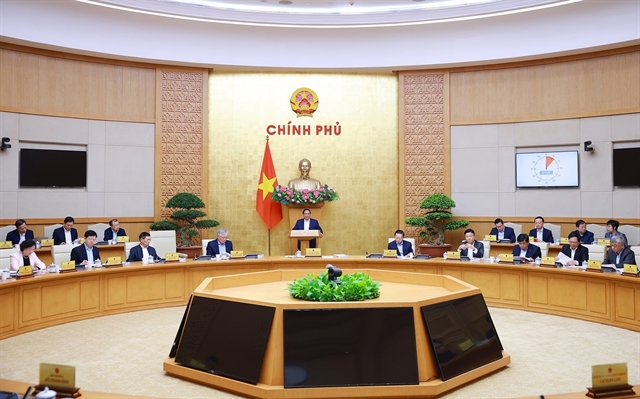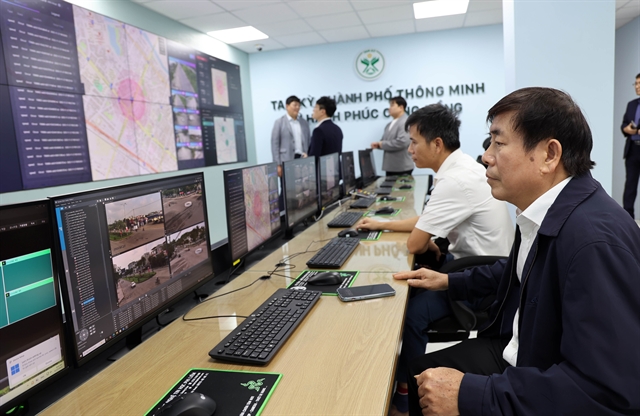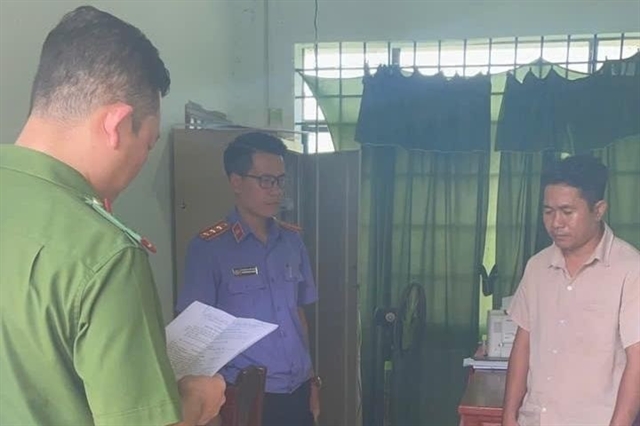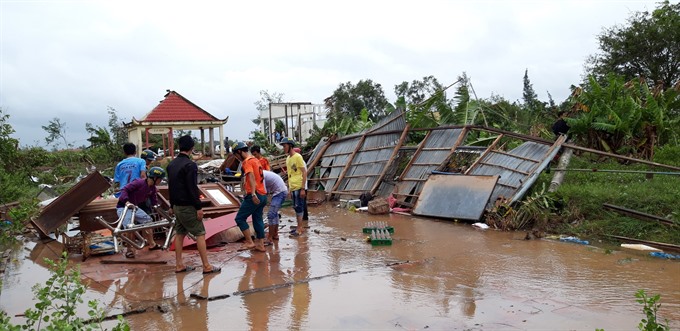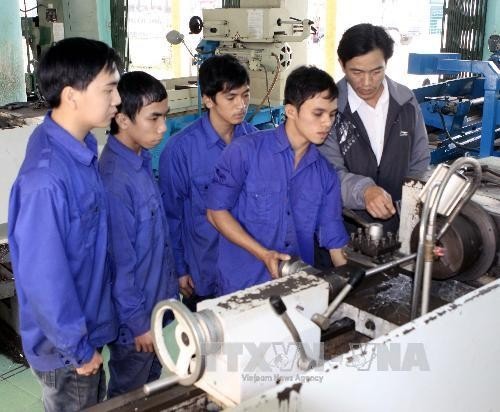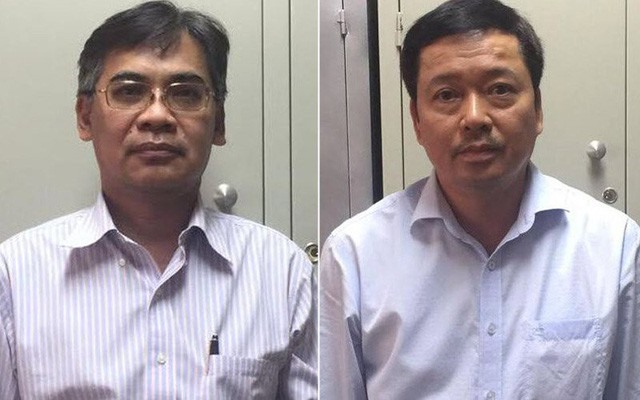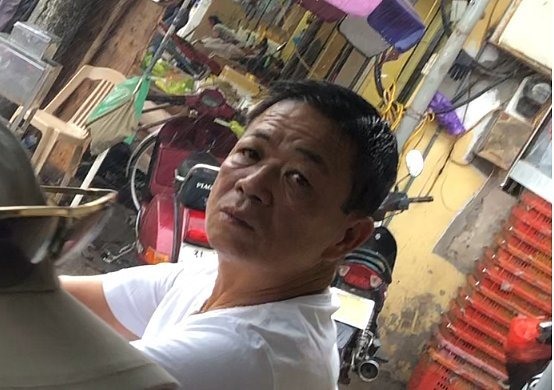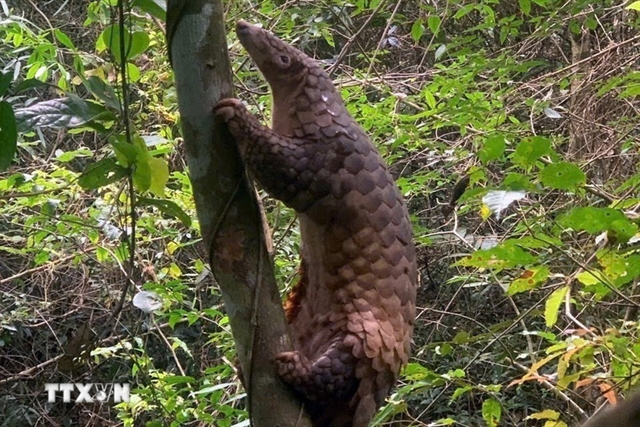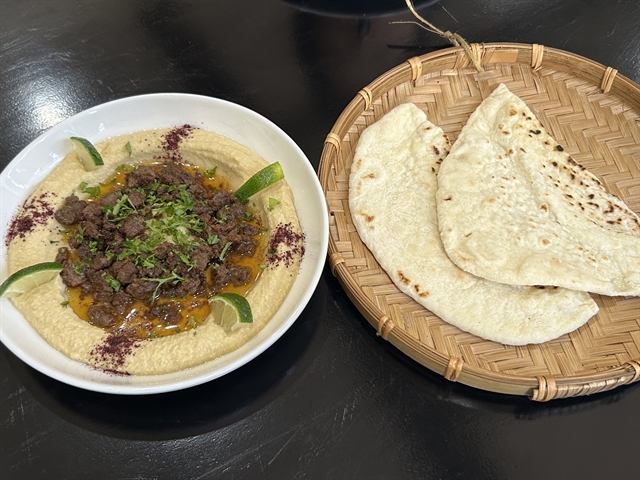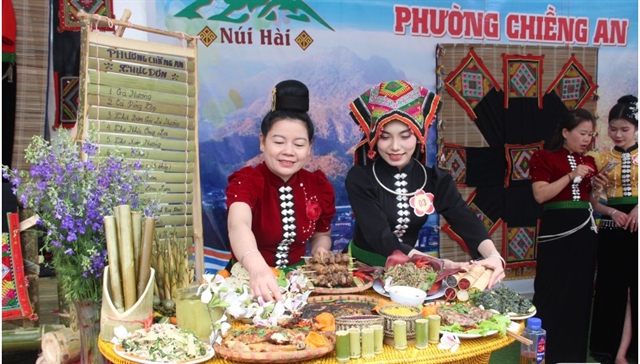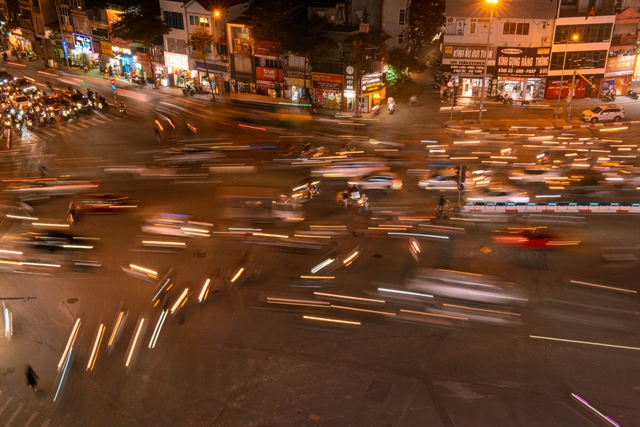
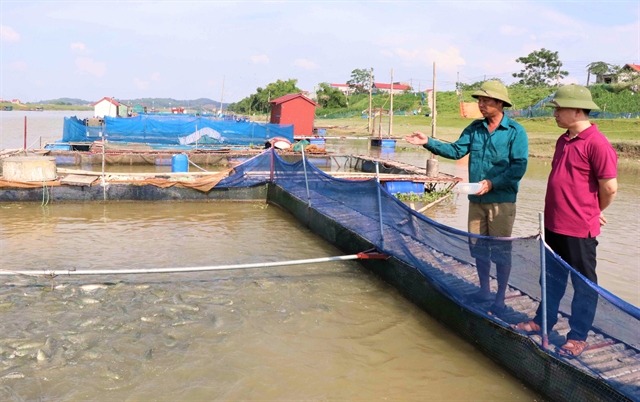
|
| Cage fish farming in the Dũng Liệt Commune, Yên Phong District of the northern province of Bắc Ninh. — VNA/VNS Photo Thái Hùng |
BẮC NINH — Fish farmers in Bắc Ninh have turned to caged farming to take advantage of the many large rivers that cross through the province.
Cage aquaculture is mostly conducted on the Đuống, Thái Bình and Cầu rivers, and the products are consumed in the province and in other large markets in the northern region such as Hà Nội, Hải Phòng and Quảng Ninh Province.
Phạm Văn Bảo, a farmer in Lương Tài District, said that in 2016, with financial support from the province worth VNĐ15 million for a cage, he decided to invest in six fish cages to farm commercial species like grass carp, catfish and red tilapia.
He designed his own fish cages, raised the fish, set up a network of buyers and gradually expanded his business to the current 30 cages, and now can earn a profit of VNĐ600 million (US$25,800) a year.
“The Thái Bình River has clean and rich water, with a water flow rate that happens to be suitable for the fish, cage aquaculture in the commune has started to deliver on its promises and help lift locals out of poverty with a proper livelihood,” Bảo said.
Similarly, Phạm Văn Bôn’s family in Trung Kênh Commune started cage fish farming in 2014 and has now about 80 cages.
With the output of 4 tonnes per harvest, Bôn’s profits reach VNĐ2 billion.
“Cage fish farming on the open waters of the river here has many more advantages compared to traditional pond models, especially in terms of the fish flesh quality and output,” Bôn said.
Thanks to the advanced breeding techniques he learned from Bắc Ninh aquaculture department, diseases which can cripple cage farms are under control and the population is flourishing.
According to Phạm Văn Vỵ, chairman of Trung Kênh Commune People’s Committee, Lương Tài is one the leading districts in the province in utilising the river’s surface water for aquaculture.
Lương Tài currently boasts 600 cages and producing 12,000 tonnes of fish a year, accounting for a third of cage fish output in the province.
Not all smooth sail
Bắc Ninh’s Yên Phong District has some 110 fish cages dedicated to the rearing of catfish, white plaice and some carp breeds, but many households in the district are struggling.
Nghiêm Xuân Bằng in Lương Cầm village of Dũng Liệt Commune said that in recent times, the Cầu River’s water quality had seriously declined due to waste from households, craft villages and industrial parks that line the river.
The lack of warning signs indicating fish farm areas on the river also led to straying boats disturbing the fish, Bằng said.
Lương Văn Mùi, vice chairman of Yên Phong District People’s Committee, said as many households in the district had just started to dabble in aquaculture and lacked experience, their fish often caught diseases and output had yet to reach its full potential at 4-5 tonnes per cage.
Mùi also noted that since density regulations in the locality remained stringent, many households hesitated to expand their farms.
Province-wide, there are 100 cage fish farming households throughout Bắc Ninh with 1,760 cages, mostly in the six districts of Lương Tài, Tiên Du, Quế Võ, Thuận Thành, Gia Bình and Yên Phong.
Nguyễn Hữu Trượng, deputy head of Bắc Ninh agriculture and rural development department, said the province struggled to expand this lucrative form of fish farming, given its limited viable water body and increasing threats from pollution and climate change.
The province was also reliant on other provinces for breeds of high-yield and economically profitable fish like red tilapia, so quality management sometimes slipped.
Trượng said compared to traditional pond farming, river cage fish farming required a lot of investment and knowledge in science and technology.
Bắc Ninh plans to keep the number of fish cages in the province at 1,500 and focus more on efficiency by encouraging links between households and promoting local cage fish brand awareness to raise the value of the products.
“We also plan to develop environmental monitoring stations at the concentrated cage fish farming areas and exercise stricter oversight over fish feed, medicine and chemicals, to ensure sustainable development,” Trượng said. — VNS
